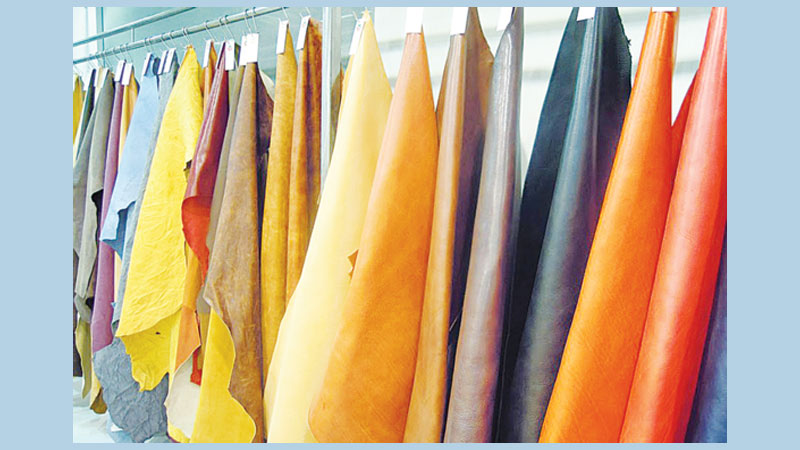
The exports of leather and leather products fell significantly in the first six months (July–December) of the current financial year (FY2019–20) compared to the same period of the last fiscal year.
According to the Export Promotion Bureau (EPB), the sector registered a slightly negative growth rate of 10.61 per cent that resulted in earnings of USD 475.83 million.
However, this figure was USD 532.3 million during the same period of the 2018–19 (July–December) FY.
Leather export alone registered a negative growth rate of 27.34 per cent, resulting in earnings of USD 65.80 million. This figure was USD 90.56 million during the same period in the 2018–19 FY, according to EPB data.
Market insiders say most of the tanneries that have been shifted to the Savar Tannery Complex from Hazaribagh are not fully functional yet and that is one of the prime reasons behind the negative growth.
Bangladesh Tanners’ Association (BTA) chairman Shaheen Ahamed told The Independent that Bangladesh generally exports leather products to countries such as South Korea, China, and the European Union, among others. But they have started using artificial leather products, which are more affordable, leading to the import fewer products from Bangladesh.
“Import duties on chemicals used for protecting raw hide have increased, affecting the export of crust leather,” he said.
Ahmed also says at least 155 factories have been shifted to Savar. Of these, about 125 factories are running and some 30 to 40 tanneries have become fully operational but are only processing only crust leather.
When asked about the reason, Sheheen Ahmed, who is also managing director of Kohinoor Tanneries Ltd, said: “Around 25,000 people used to work in the tanneries in Hazaribagh before we shifted all the factories to Savar. As a result, many people have lost their jobs. This has hit the export of leather goods.”
Explaining the opportunities before this sector, Sheheen Ahmed said that owing to the availability of raw materials, more than 350 million sq ft of leather is produced annually in Bangladesh. Of this amount, 20–25 per cent goes to meet domestic demand, while the rest is exported.
There is a huge domestic demand for leather goods in Bangladesh, he noted.
About future prospects, Sheheen Ahmed said: “Now, the industry is coming out of the shadows and has become an important contributor to the country’s export products.”
Saiful Islam, president of the Leather Goods and Footwear Manufacturers’ & Exporters’ of Bangladesh (LFMEAB), told The Independent that this sector was not getting the advantage of the Central Effluent Treatment Plant (CETP) and was struggling hard to achieve global standards in terms of compliance.
“For lack of proper compliance, especially in environmental issues, Bangladeshi manufacturers are not getting the certificate from the Leather Working Group (LWG), which assesses environmental compliance and performance capabilities of leather manufacturers. AS a result, export earnings of the sector saw downtrend,” he said.
He said we’re highlighting the benefits of investment in this sector as well as the growth prospects in the longer term. Bangladesh has the most liberalised foreign investment climate. There seems a general desire that the country’s leather sector should grow at an exponential rate,” he added.
Bangladesh has already established itself as the second largest readymade garments (RMG) manufacturer; it is one of the fastest growing centres for leather and leather product sourcing.
About investment prospects, Saiful Islam said China was a big concern for most of the global brands and sourcing diversification was necessary.
Given these factors, if investors decide to move to a cost-competitive manufacturing base, Bangladesh would be the most lucrative option, he said.
He also said the leather sector was the country’s second largest export earner, employing about four lakh people directly and indirectly.